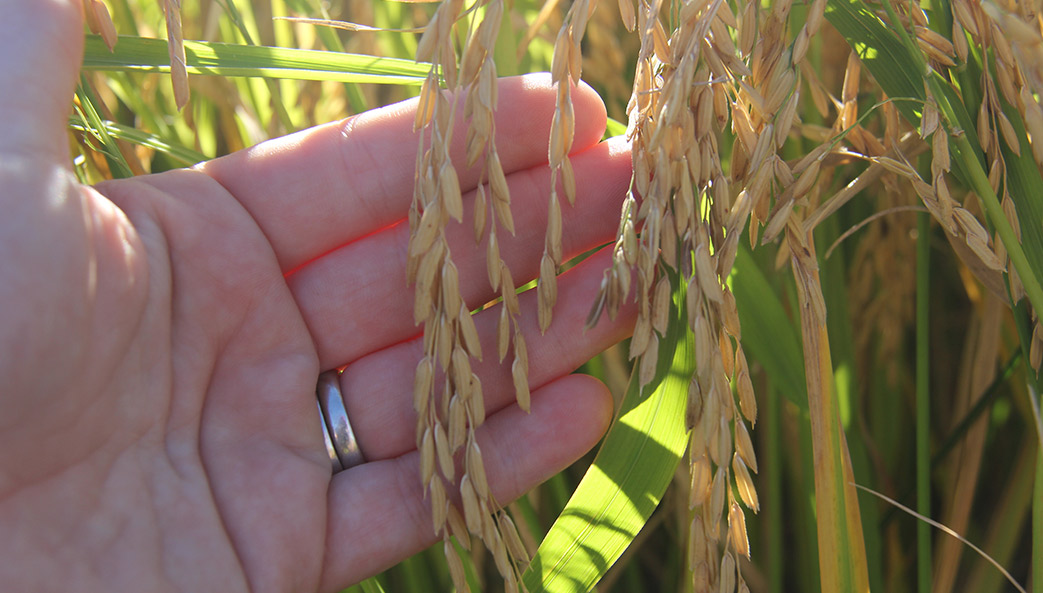Sequencing the rice genome

Rice has been a staple food crop around the world for millennia, but little was known about its wild origins until the recent genome mapping of 13 ancestral rice species.
Scott Jackson, director of UGA’s Center for Applied Genetic Technologies in the College of Agricultural and Environmental Sciences, helped to map the genomes as part of the international Oryza Map Alignment Project.
Through their work sequencing domestic rice’s ancestors, the researchers were able to pinpoint four separate domestication events in Asia and Africa, which means that the different types of rice the world enjoys today—sticky sushi rice, long-grain basmati rice, short-grain Arborio rice—were derived through multiple domestications from wild ancestors at different locations and times throughout history.
The knowledge gained through genome mapping sheds light on rice’s evolution in the wild 15 million years ago and its domestication by farmers 10,000 years ago. It also allows plant breeders to incorporate resilience traits from wild rice species in the genus Oryza into cultivated varieties.
This brief appeared in the fall 2018 issue of Research Magazine. The original press release is available at http://www.caes.uga.edu/news-events/news/story.html?storyid=6474&story=Rice%20Genome.
